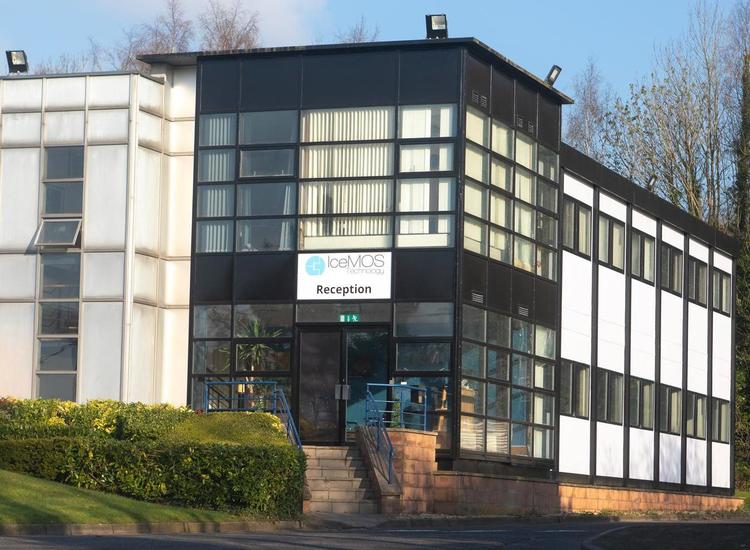By Peter McDermott
In most conversations he has with casual acquaintances or strangers, Paul Finnegan asks the same question: “Do you know someone who might benefit from going to the New York Irish Center?”
It’s part of his own personal outreach for the organization he heads up in Long Island City in Queens.
The center is alive with activity seven days a week with people from all age groups, but the demographic he has in mind in such conversations are those who are over 65.
Finnegan said the center is involved in one way or another with 200 to 250 seniors.
“Isolation is the biggest threat facing seniors. They’re very, very vulnerable to going off the grid,” he said. “Maybe your relationship wasn’t so good with your children, or they’ve moved away and you continue to live in the old neighborhood.”
In some cases, he added, being widowed can cut a person off from a wider circle of friends and acquaintances.
The New York Irish Center itself is not off the grid. The westbound 7 train, when it’s leaving the Vernon Avenue-Jackson Avenue stop at the center’s doorstep, is just three minutes from Grand Central. “That’s our biggest selling point,” said the Galway City native Finnegan. The center is also at the end of what some refer to as the “Queens Boulevard corridor” – precisely, the neighborhoods of Woodside, Sunnyside, Astoria and Jackson Heights – and very close to entrances to the Midtown Tunnel, the Queensboro Bridge and the Pulaski Bridge.
Mary Wicelinski was among those who traveled over the Pulaski Bridge from Greenpoint in Brooklyn for the weekly seniors’ lunch on a recent Wednesday.
“It’s a situation where you look forward to it,” she said.
“It’s not easy for me to get out. I have a walker,” added Wicelinski, who was born a Fitzgerald to Irish immigrant parents. “My son called me up. He said, ‘Where are you going?” I said, ‘Bridie is bringing me to the Irish Center.’ He loves to hear that I’m coming here.”
Sitting near her at that mid-morning hour -- 11 a.m. -- were Bridie Mitchell, Peggy Cooney and Carmel McCarthy, respectively from Counties Leitrim, Meath and Cavan. They’d come from Greenpoint, too, but not all by car.
“The bus from Greenpoint is no problem,” one said.
All three have been visiting the center since it opened on March 18, 2005. And like many of the other seniors they help with the serving and the washing-up.
“Eight years? It doesn’t seem possible,” Cooney said.
“Our shoes are worn down now,” McCarthy said.
The New York Irish Center was the brainchild of the Rev. Colm Campbell, who was sent by Irish church officials to act as a chaplain to young emigrants in the mid-1990s.
“We’re a community center, but we were originally built with the 1980s and 1990s immigrants in mind,” said executive director Finnegan.
The three-story structure at 10-40 Jackson Ave. was not literally built for the center, though. It was acquired by a group of sympathetic Irish businessmen with Campbell’s project in mind. At the time, the neighborhood was finally beginning to take off after being talked up for years in the media. Eight years on, the high-rise apartment buildings that line the waterfront are just one visible sign of a rapid gentrification.
“He’s a remarkable man,” Finnegan said of the founder who now lives in an assisted living facility in England, close to his sister. “He had a vision.”
That vision was amended somewhat as the priest who was ordained in 1958 found that it was own generation that pitched in to help with it. He then began to understand more about their needs.
At the same time, the Irish government was becoming increasingly concerned about an aging émigré population. “From the perspective of Dublin there’s a genuine appreciation of what immigrants have done, such as sending remittances home,” Finnegan said.
It had become clear, however, that quite a few of them were living in less than comfortable conditions. In England, many immigrant males had become used to a transitory lifestyle, which put them at a much higher risk of isolation later in life. The community in the U.S. also found that it wasn’t immune to some of the same problems.
Irish officials in New York such as the then Consul General Niall Burgess were supportive of Campbell’s efforts. Now, half of the funding for the center’s operational costs comes from the Irish government, the City of New York, and the American Ireland Fund. With austerity, Finnegan said, the emphasis in Dublin is on shoring up frontline services and less on capital programs.
The New York Irish Center’s board raises the other half of the necessary funding with events such as “Night of Comedy and Music” with comedian Colin Quinn and other entertainers on June 6. Board members typically want to give back to the post-war generation of immigrants, Finnegan said. One told him that he knew families in his community in rural Ireland who were greatly dependent upon “the parcel” that arrived from England or America.
The center seeks to help maintain networks of friendships, like those that had built up around jobs -- men who worked together as bag handlers at JFK, for example, and women who worked in school cafeterias for the Board of Education – or in parishes or those associated with county associations and their umbrella group, the United Irish Counties.
“Others know each other from the dancehall days,” added Finnegan, a married father of two children.
“You hear about people on the grapevine,” he said. “Someone might ask: ‘Where’s Joe?’ Someone else will say: ‘He’s not well but he’ll be in next week.”
“It’s not just Irish,” said County Offaly native Julia Anastasio. “We have Italians, Spanish and a couple of black gentlemen are regulars on Wednesdays.”
“When people don’t show, you miss them. And, yes, some pass away,” she said. “Fr. Campbell always made sure there was a memorial Mass.”
At that moment, Anastasio, who herself is married to an Italian American, was readying herself to go to Mass at St. Mary’s Church across the street ahead of the lunch.
She spends much of her time caring for her husband and so nowadays goes to the center for the seniors’ lunch only.
Some other items on the center’s program of activities, though, are aimed at and appeal to seniors – notably the Saturday morning computer class. They tend to involve other age groups, too, as teachers, volunteers and participants.
“We mix the generations as much as possible and we do it pretty successfully,” Finnegan said.
And it’s good, too, he suggested, for 20-somethings who miss the company of grandparents back home.
Generally, many of the oldest regulars are less inclined to venture out for evening events like the movie or trivia quiz nights. “Seniors are routine orientated,” Finnegan said. “It’s like when you go to Starbucks in another city. You know what to expect. There’s no real shock value. Their expectations are met. They’re not looking for much excitement or intrusion in their lives.
“We’re welcoming to all, even those who’ve have substance abuse problems,” Finnegan said. “After getting over the feelings of defensiveness about life, they feel accepted.
“We find a place for them. It never got so bad that we were out of our depth,” he said. “We would like next to hire a social worker but it wouldn’t be someone upstairs that you made an appointment to see. It would be someone that everyone would know.”
The center’s only other full-time employee is Jane McCarter, the culture and heritage officer. It’s important for Finnegan that the volunteer-staff ratio be weighted considerably towards the former, something that helps it to be truly a community center.
“You don’t want the staff to be a self-perpetuating situation,” he said.
It’s important, too, that the seniors help keep the center ticking over.
“This is my little space on a Wednesday. My therapy,” Anastasio said, adding with a laugh: “And I’m still cleaning.”
This is the second of a series of three articles written about Irish-American seniors as part of a MetLife Foundation Journalists in Aging Fellowship, a project of New America Media and the Gerontological Society of America.








